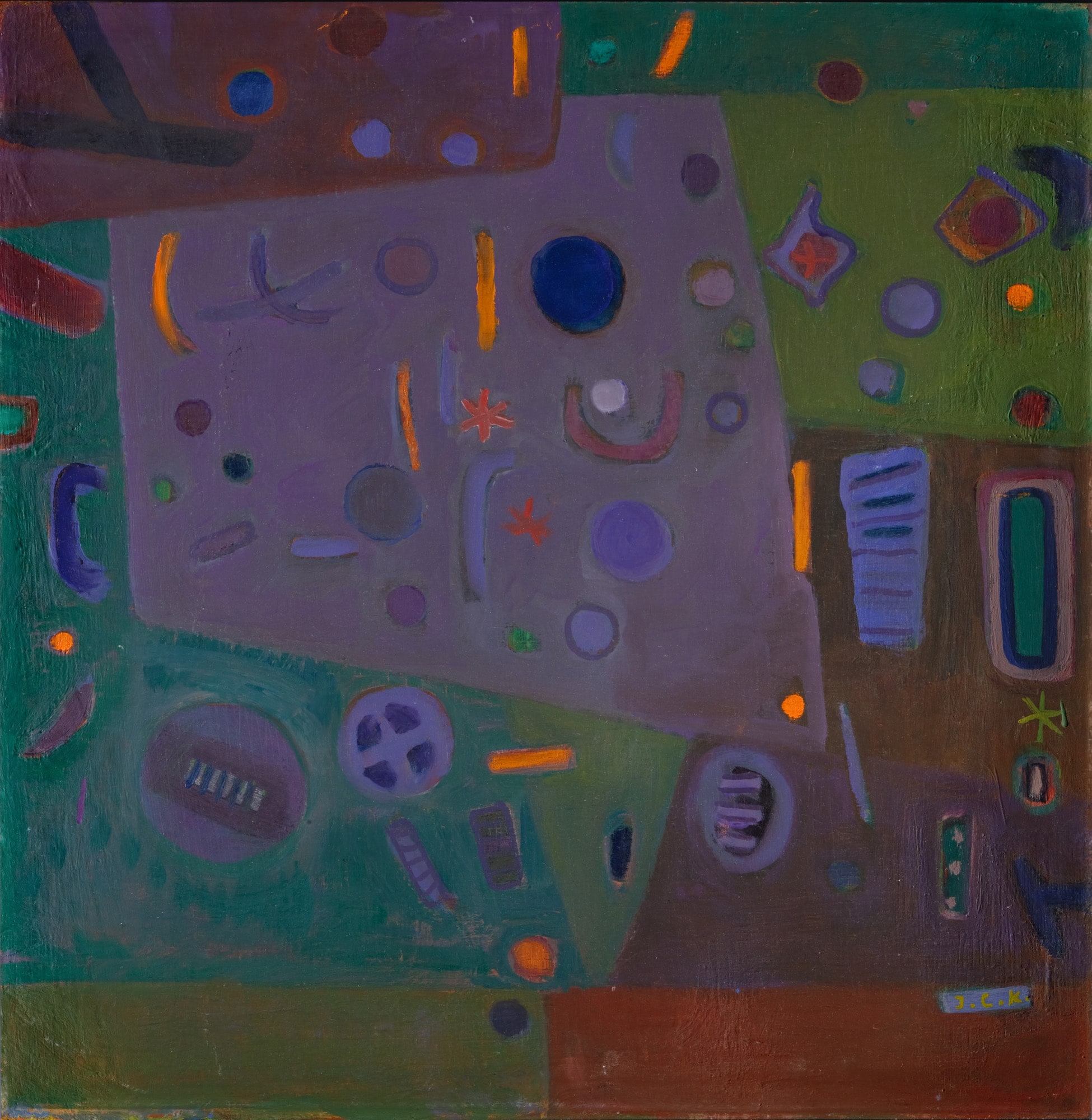Director: Jean Vigo
Cast: Michel Simon, Dita Parlo, Jean Dasté, Gilles Margaritis, Louis Lefebvre, Raphaël Diligent
France, 1934, 89’, black & white; French with Turkish subtitles
Imagine a film directed from a deathbed, with the director dying shortly after the premier. That’s L’Atalante (eponymous with a character from Greek mythology); it is also one of the most important films of the history of cinema with its poeticism, which also inspired Emir Kusturica’s Underground. In order to break free of life’s monotony, Juliette marries Jean, who operates a steamboat. Old Père Jules makes life on the steamboat particularly difficult. Egged on by a peddler, Juliette runs off to discover Paris. Her husband first gets mad at her, then leaves her, and finally ends up in depression. After a while, Père Jules goes after Juliette, finds her, and together they return to the steamboat.
Trailer

A firm believer in the idea that a collection needs to be upheld at least by four generations and comparing this continuity to a relay race, Nahit Kabakcı began creating the Huma Kabakcı Collection from the 1980s onwards. Today, the collection can be considered one of the most important and outstanding examples among the rare, consciously created, and long-lasting ones of its kind in Turkey.
Tuesday - Saturday 10:00 - 19:00
Friday 10:00 - 22:00
Sunday 12:00 - 18:00
The museum is closed on Mondays.
On Wednesdays, the students can
visit the museum free of admission.
Full ticket: 300 TL
Discounted: 150 TL
Groups: 200 TL (minimum 10 people)